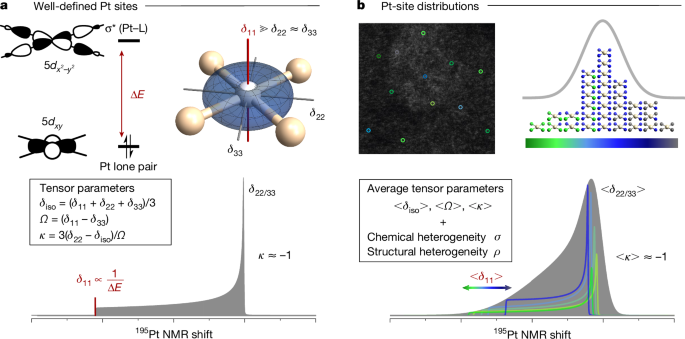
"Catalytic materials featuring atomically dispersed metal species, particularly single-atom catalysts (SACs) based on platinum, are crucial for sustainable chemical processes."
"N-doped carbon supports effectively stabilize atomically dispersed platinum through anchoring, enhancing the catalysts' reactivity and influencing their structure-activity relationships."
"Despite their advantages, the lack of precise characterization methods for SACs limits rational design strategies, which hampers their overall development in various catalytic applications."
"To improve understanding of SACs, advanced techniques such as nuclear magnetic resonance (NMR) spectroscopy are needed to provide detailed insights into metal-site structures."
Single-atom catalysts (SACs) utilizing atomically dispersed platinum (Pt) are pivotal for advancing sustainable chemical reactions across electrochemical, photochemical, and thermochemical processes. Functionalized carbons, like N-doped carbon supports, help stabilize these SACs by anchoring Pt at nitrogen sites. Despite their promise, key challenges remain, including understanding metal-site homogeneity and ensuring reproducibility in synthesis. Current methods for characterizing SACs are inadequate compared to molecular catalysts, leading to difficulties in rational design. Advanced techniques, especially nuclear magnetic resonance (NMR) spectroscopy, are necessary to provide clearer insights into their structures and improve performance.
Read at Nature
Unable to calculate read time
Collection
[
|
...
]